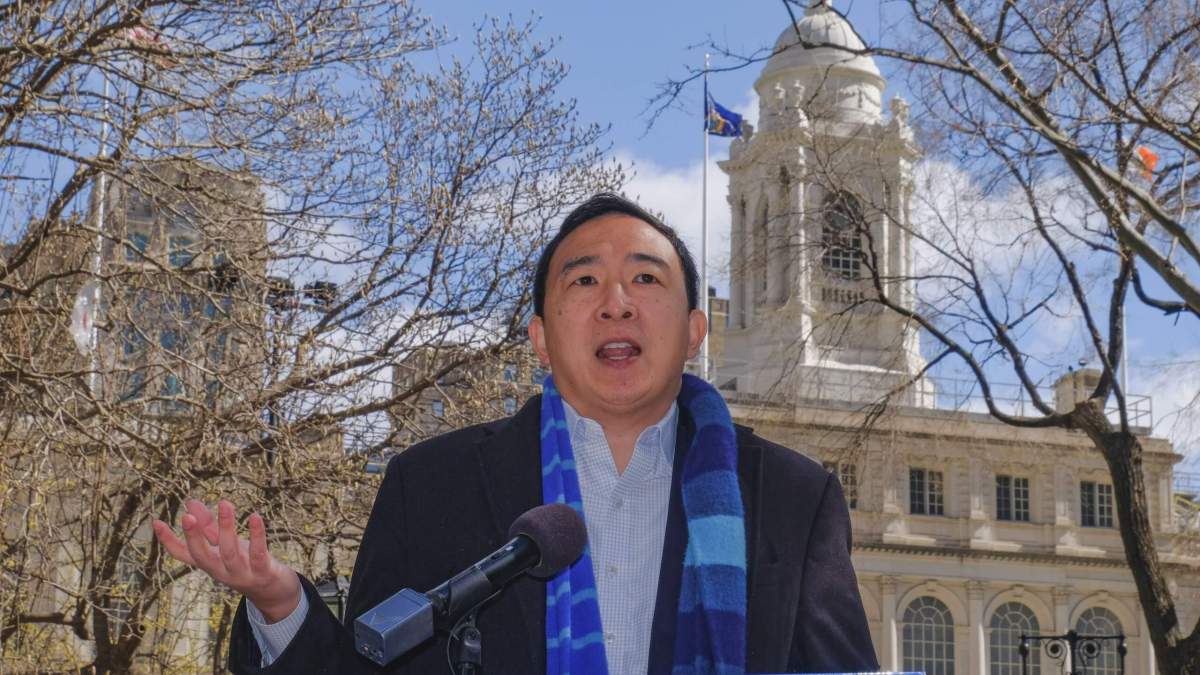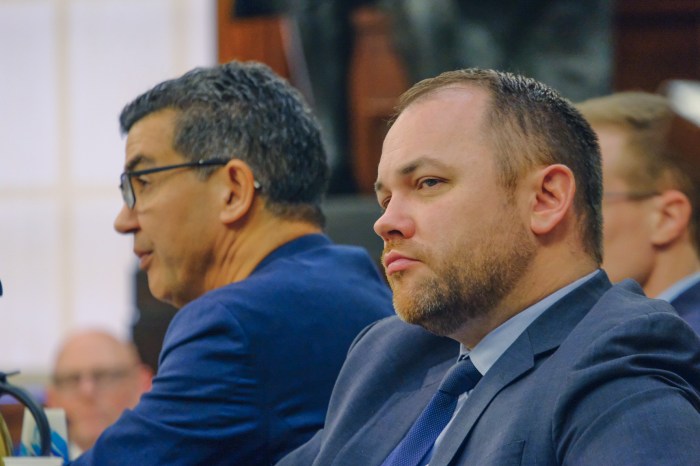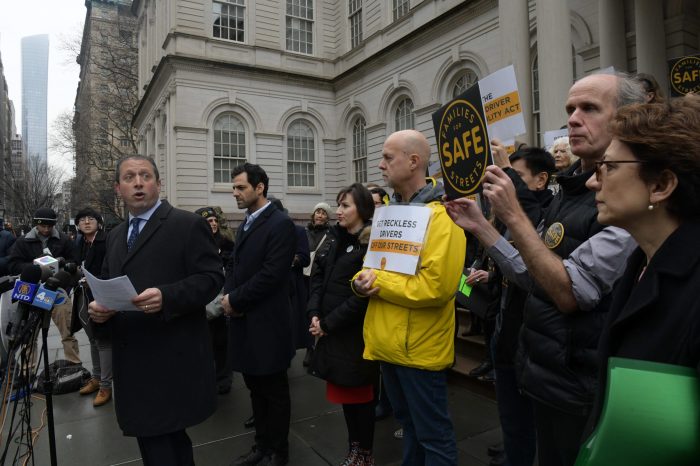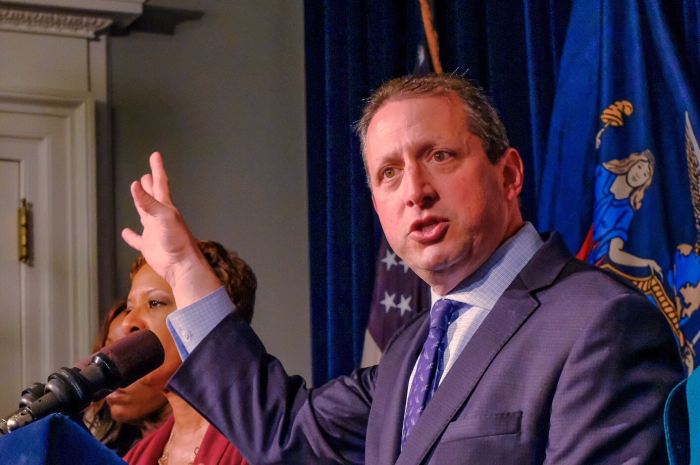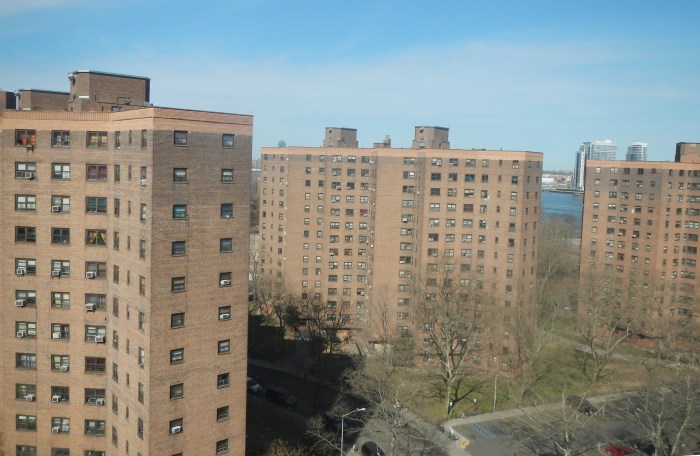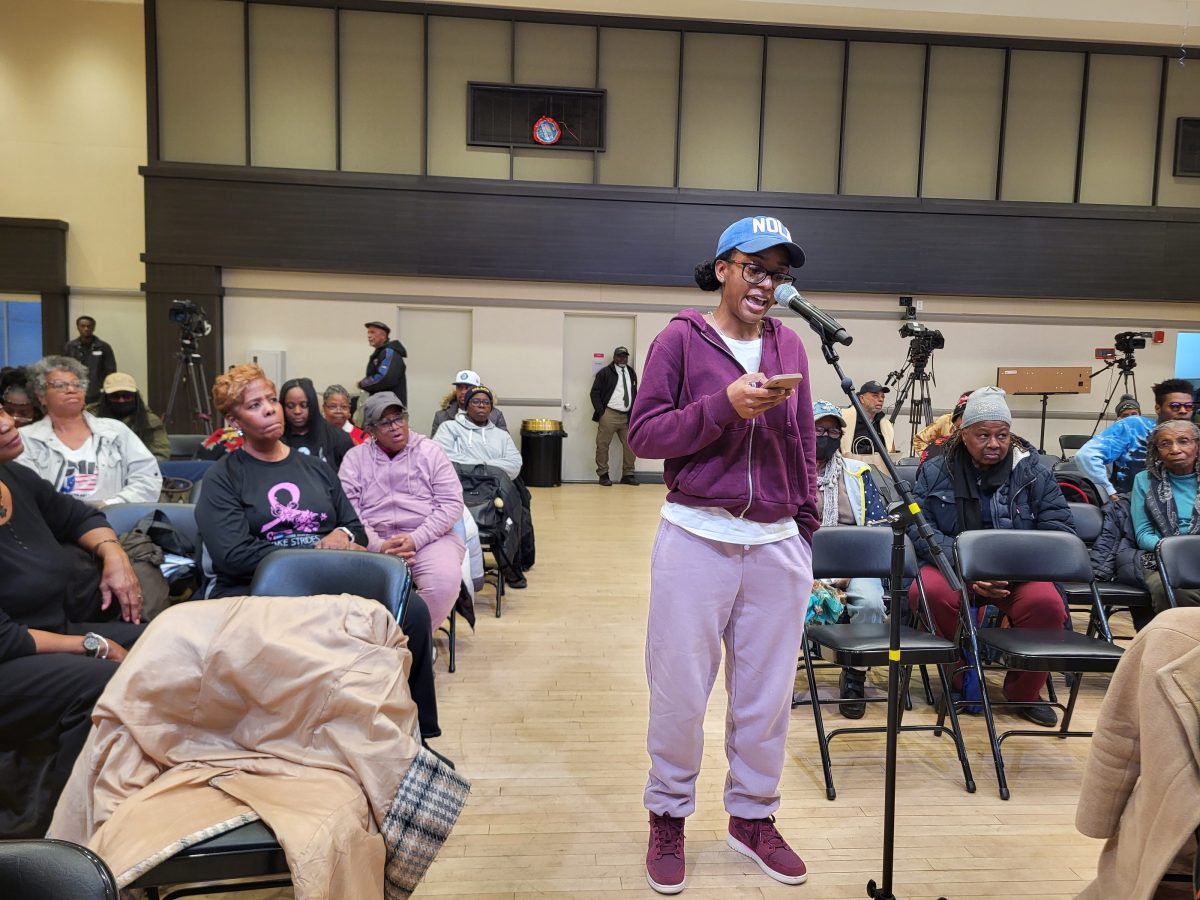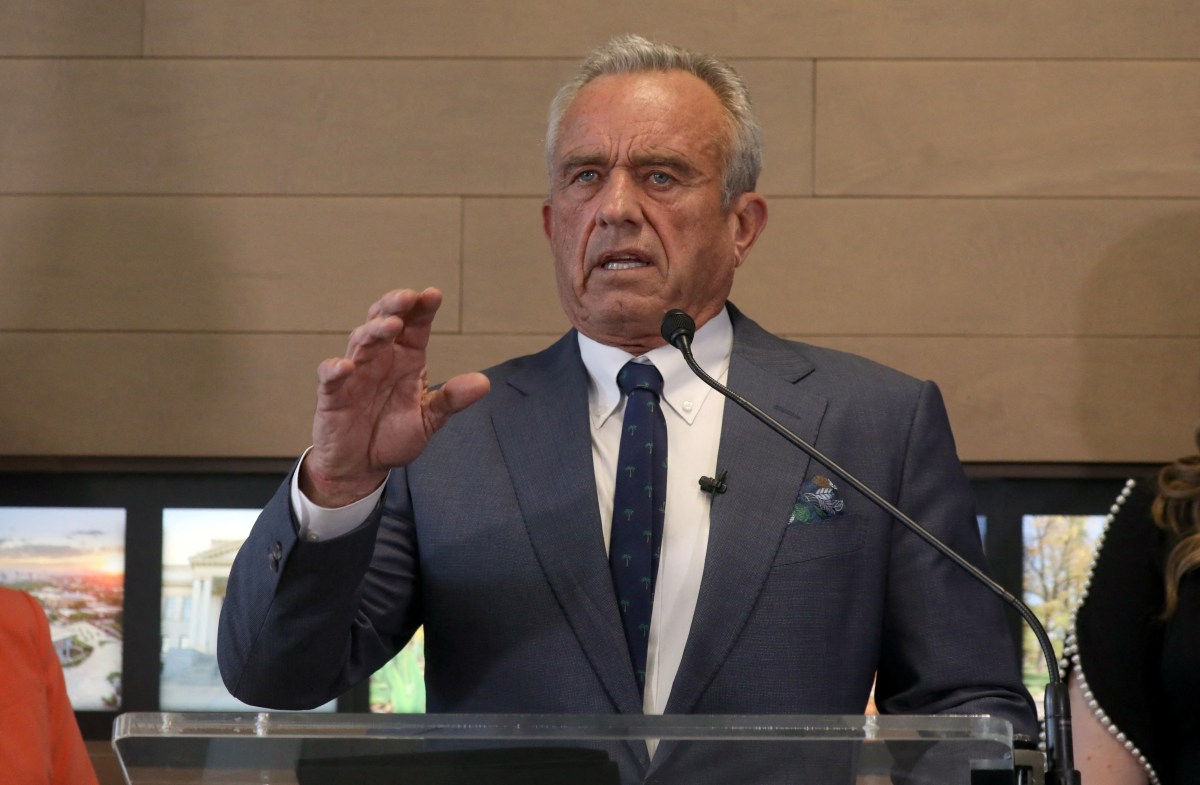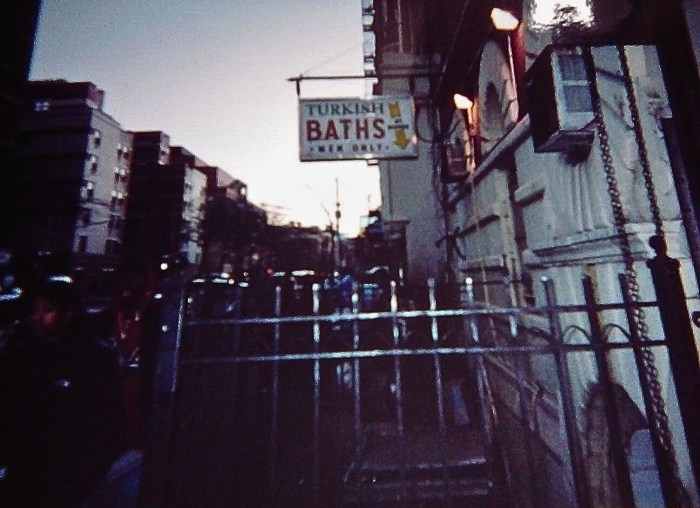Mayoral candidate Andrew Yang believes there is no reason why the city cannot integrate NYC Transit back into the fold of its responsibilities, considering historical precedence, to improve service and “unwind” some of the bureaucracy.
If subways and buses being operated by the city until the 1970s and mayoral control of schools with funding from the state are any example of precedence, Yang believes an administration under his leadership can bring NYC Transit under the umbrella of the city Department of Transportation.
But details for how exactly NYC Transit could be spliced from the Metropolitan Transportation Authority to DOT was not an easy question for Yang to answer.
“Right now you have two agencies, one that controls the bus lanes and the other that controls the buses. Does that make sense to anyone,” Yang said in front of MTA headquarters on Wednesday. “It’s not that one, the city has control over something all of a sudden all of the budgetary responsibility falls on New York City, you could actually have city control of our subways and buses through New York City Transit. That would then become part of our Department of Transportation and the state would continue to finance in the way that it currently does. There is nothing stopping that from being the case, that’s actually been the precedent.”
Jamie Rubin, a campaign advisor for Yang and a former NYS Director of Operations, believes there is no reason to believe the city could not financially take the reins despite a fiscal crisis being the primary reason for operations shifting to the state in the first place.
“I find it hard to believe that the New York City, fiscal structure can withstand at least the same amount of debt as the as the MTA can today, which, you know, by all accounts is over-levered,” Rubin said. “Secondly, if we’re in the private sector, you know, I’ve worked with lots of companies in the private sector that have extremely complicated financial structures, and, you know, the private sector when faced with something like this, hires the right people to come to the table, spends whatever time is necessary fix, you know, figures out this, what is the complicated solution, and just does it because it’s the right thing to do for whatever reason.”
Figuring out how exactly this would be done is anyone’s guess until the MTA’s finances can supposedly be analyzed, according to Rubin. But if money continues to flow from Albany as it has and debt service remains the same, he sees no real reason why not.
“Do we really expect that the MTA is going to turn it around, but you know, next year, like, do we really expect that there’s going to be like a whole different level of operating accountability and coordination between the MTA and the city’s agencies in housing and economic development,” Yang added.
Of the safety concerns in the subways where assaults have taken the public interest, Yang said he believes the best way for the city to boost NYPD presence is through city control of the system. This, however, is an issue the MTA and Mayor Bill de Blasio have been feuding over for weeks with the former asking for more officers.
Yang is adopting this concept that was pitched by Council Speaker Corey Johnson in January 2019, something Johnson planned to pursue as mayor himself before deciding instead to run for city comptroller. At the time he explained that there was no longer a fiscal crisis demanding that the state lease operations from the city.
The financial stability of the MTA remains in question due to COVID-19 raises other questions.



